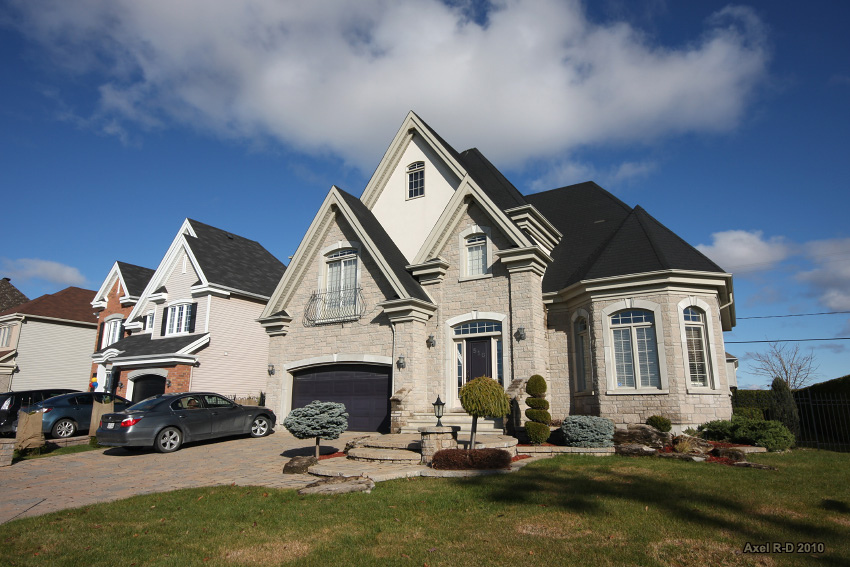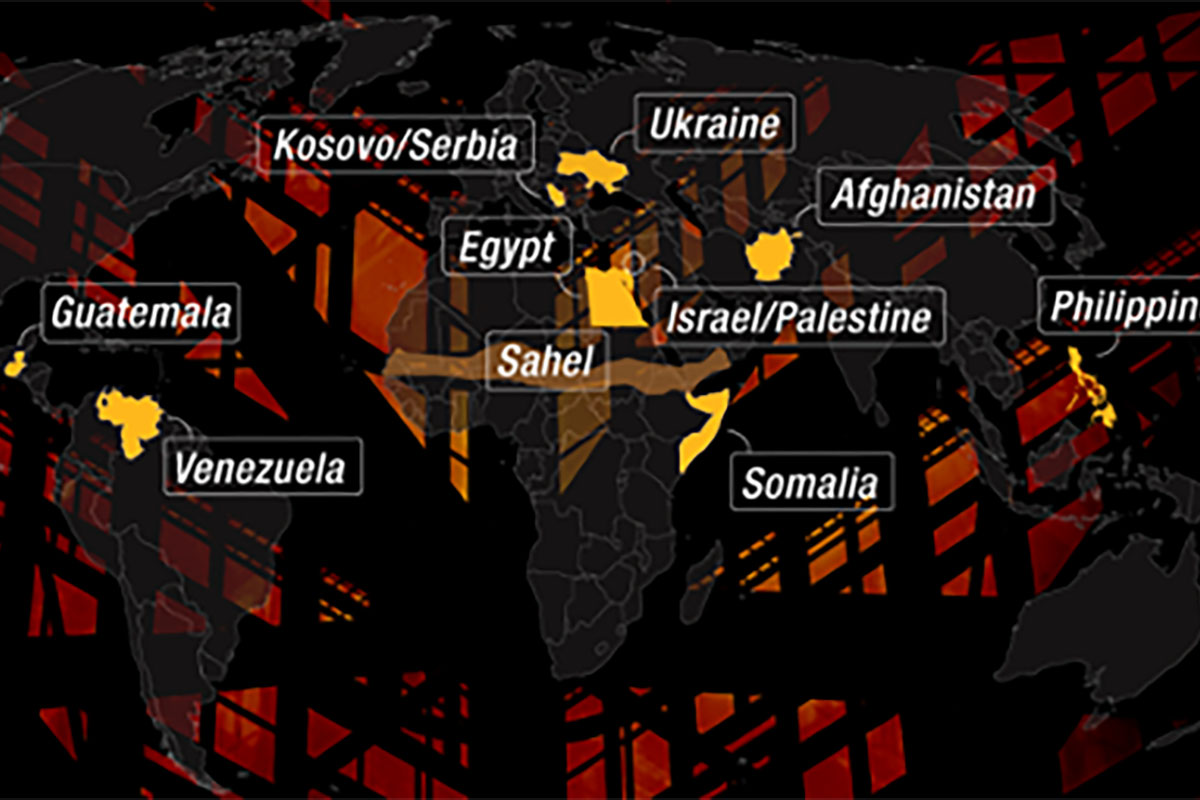“Putting a city’s future under the microscope”
January 7 Quality of life is high in Perth, but as Jake Elson, 21, a Commonwealth Correspondent from Bunbury in Australia writes, unchecked growth and poor planning could threaten that status.
Quality of life is high in Perth, but as Jake Elson, 21, a Commonwealth Correspondent from Bunbury in Australia writes, unchecked growth and poor planning could threaten that status.
Perth has been ranked the eighth most liveable city by The Economist’s intelligence Unit – a list dominated by other major Australian and Canadian cities[1]. It is safe to say that, at this point of time, Perth is doing well. However, this may be the peak of Perth’s liveability.
It took over 160 years from the city’s foundation to reach one million inhabitants. In just thirty years, one million more men and women have called the gateway to Australia home. By 2050, it is estimated Perth will be a city of 5.4 million. It is emblematic of a city that has been the financial hub of the largest mining boom in Western Australian history. This boom, however, poses major problems.
The size of suburban Perth has been estimated to cover 5300 square kilometres. By comparison, it is larger in size than the total land area of Trinidad and Tobago. The metropolis of Tokyo, on the other hand, has a population of 13.3 million, but covers only 2187 square kilometres. By 2061, Perth may need an extra 1486 square kilometres of land to keep up with growth.
It is a frightening prospect; however it is the reality of the Australian dream in the 21st century. The dream, which consists of owning a detached dwelling on a quarter-acre block with a large backyard, is becoming a hindrance. The more land required, the more strain on utilities such as power and water.
Despite reality, the dream persists. Apartments, once viewed as ‘immoral’, are still viewed with derision. Professor Richard Weller, formerly Professor of Landscape Architecture at the University of Western Australia, argues that as a result of this attitude Perth was destined to become ‘the largest low-density city on Earth’.
Even though developers have recorded a shift toward apartment living – mainly as a result of a weaker domestic economy – the detached dwelling is still the number one preference. As long as the dream is alive, developers will build to accommodate these aspirations. From 2001 to 2009, the equivalents of 20 cricket grounds of bush were cleared every week.
When it comes to transport policy, this immediately becomes a serious problem. With the dream of the quarter-acre block expanding Perth’s city limits beyond insanity, the length it takes to get from Point A to Point B stretches out to beyond acceptable for a city.
The biggest issue is the Australian attitude that the capital city is the centre of a state’s life (in every state except Queensland, over 50 per cent of residents live in the state’s capital), and the City Centre its beating heart. Therefore, it is perplexing that Perth’s policy makers still opt toward road as their preference.
Since the end of the Second World War, Perth has been planned as an automotive city. The car, the symbol of human individualism, has made suburban living more achievable, consequently fuelling urban sprawl.
The construction of arterial roads leading from the many suburbs to one centralised location, in this case the Perth City Centre, causes havoc at peak hour. Historically, Perth has had both the highest car ownership rate per capita and the highest use of private cars of any major Australian city. Even in 2000, Phil Morgan of the Department of Environmental Protection argued that Perth’s air pollution was on par with Los Angeles.
Rail has been touted as a replacement, but it is often looked at with contempt. In 1979, the Government closed one of the main rail routes, the Perth-Fremantle line, with the plan to build a freeway. This came at the same time another car-dependent city, Vancouver, began saying no to large scale freeway construction The differences today between the two cities could not be more marked.
For Perth, common sense prevailed and the Perth-Fremantle line was reopened in 1983. Yet, even with more interest in green travel, apathy toward rail lingers. Recent election promises including a new rail link to the north-western suburbs and Perth Airport have been shelved over budget cuts and concerns about the end of the mining boom.
So what does this mean for Perth? It’s simple. The standard of living will decrease and transit will become a major hassle. In the long term, Perth will have to accept that the quarter-acre block can no longer be sustained. To meet these challenges, attitudes will need to evolve. Long term thinking will need to become the rule, not the exception.
Inspiration can be taken from Vancouver which, after years of winding down its dependence on the road, introduced a 30 year plan for transport which is largely focused on public transport and cycling. On the housing front, Perth’s apartment taboo needs to be challenged. Singapore, Stockholm, Vancouver again, are all large apartment cities which are among the most liveable. A better future is achievable; it is a matter of whether the people of Perth want to achieve it.
photo credit: Repentigny via photopin (license)
…………………………………………………………………………………………………………………
About me:
I am a history buff, but also am into soccer. I referee soccer, and would like to go FIFA one day. I’m currently studying politics and international relations at Edith Cowan University. My aim is to become a police officer in Western Australia, and I would like to be Prime Minister one day.
I am a Conservative and a Monarchist, and believe in the role of the Commonwealth as a tool for good.
…………………………………………………………………………………………………………………
Opinions expressed in this article are those of the author and do not necessarily represent the views of the Commonwealth Youth Programme. Articles are published in a spirit of dialogue, respect and understanding. If you disagree, why not submit a response?
To learn more about becoming a Commonwealth Correspondent please visit: http://www.yourcommonwealth.org/submit-articles/commonwealthcorrespondents/
…………………………………………………………………………………………………………………




